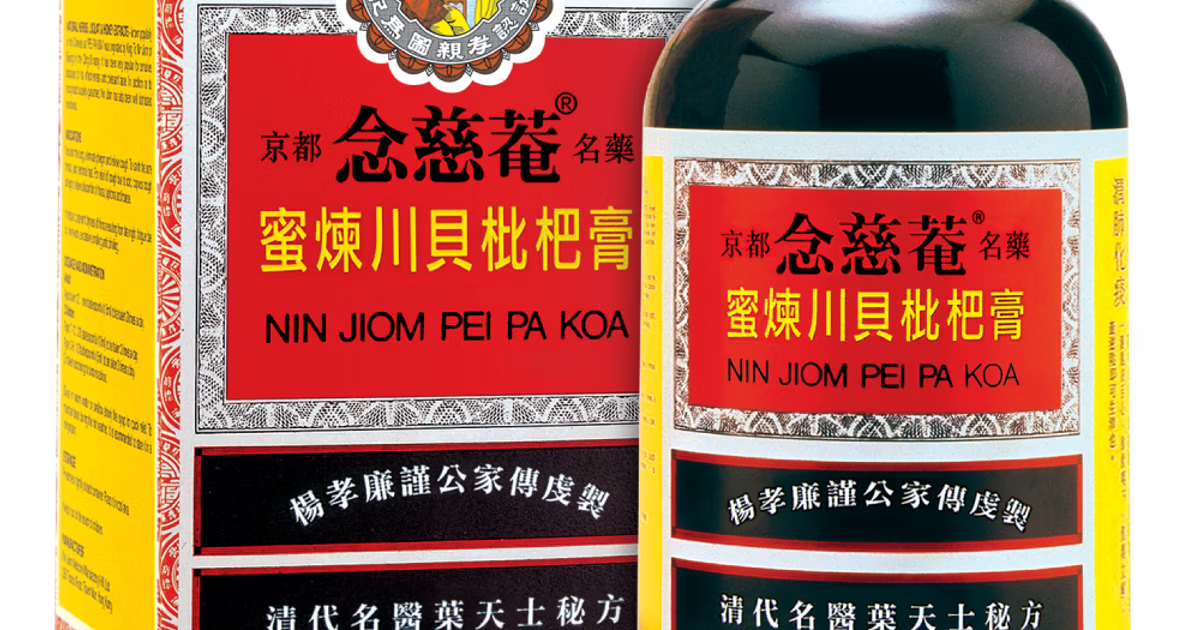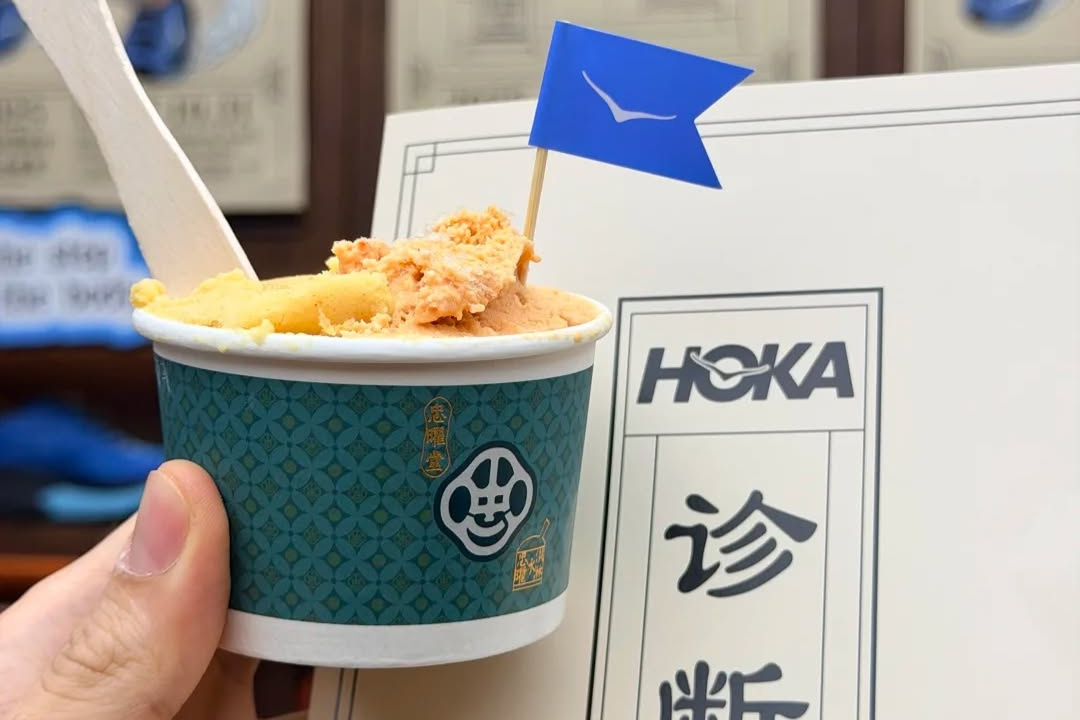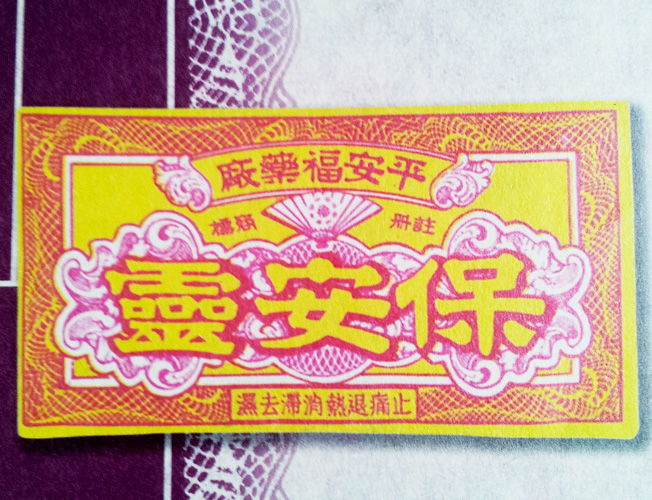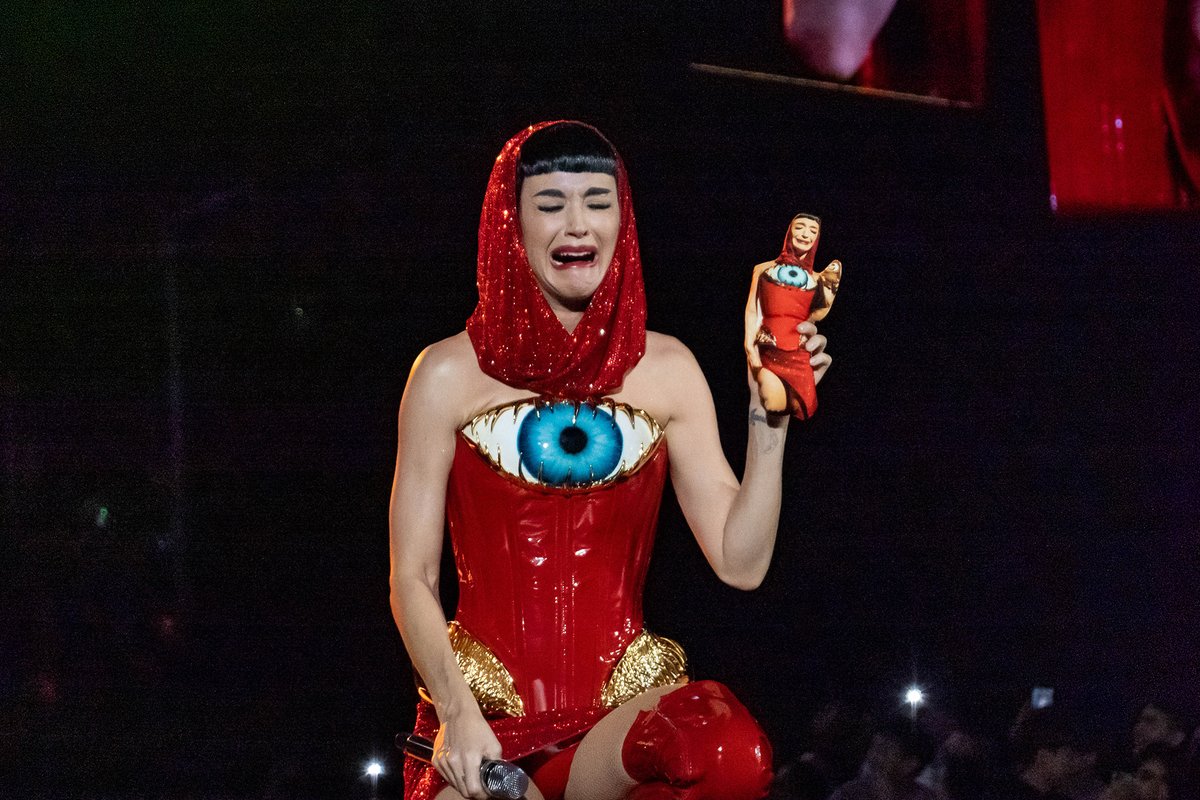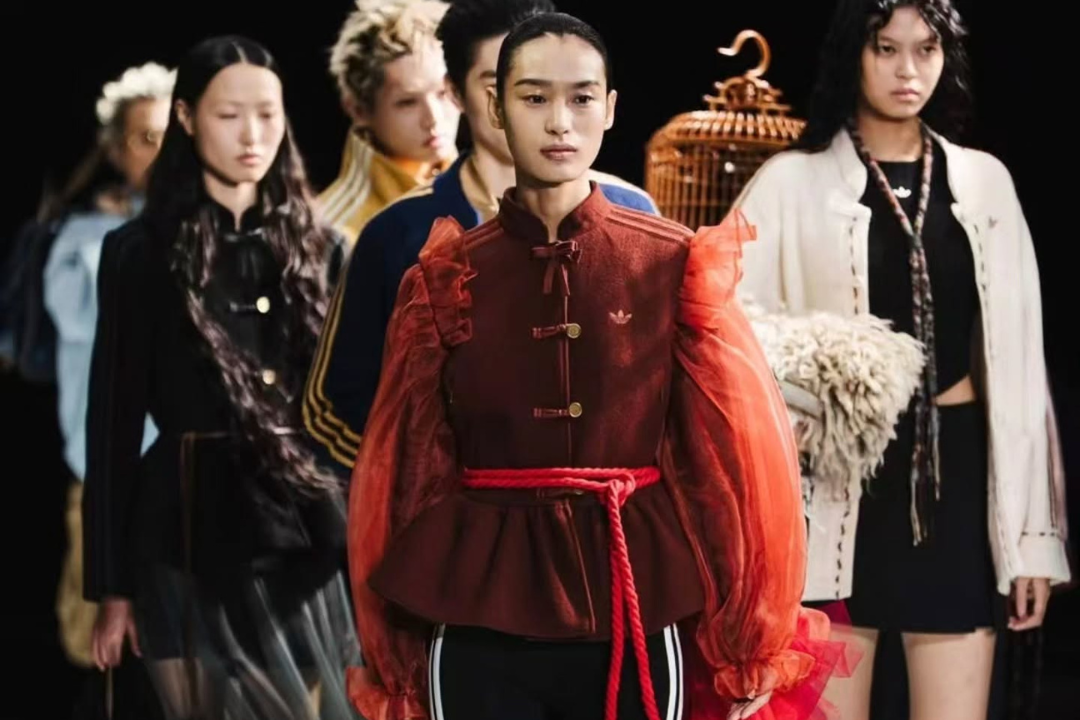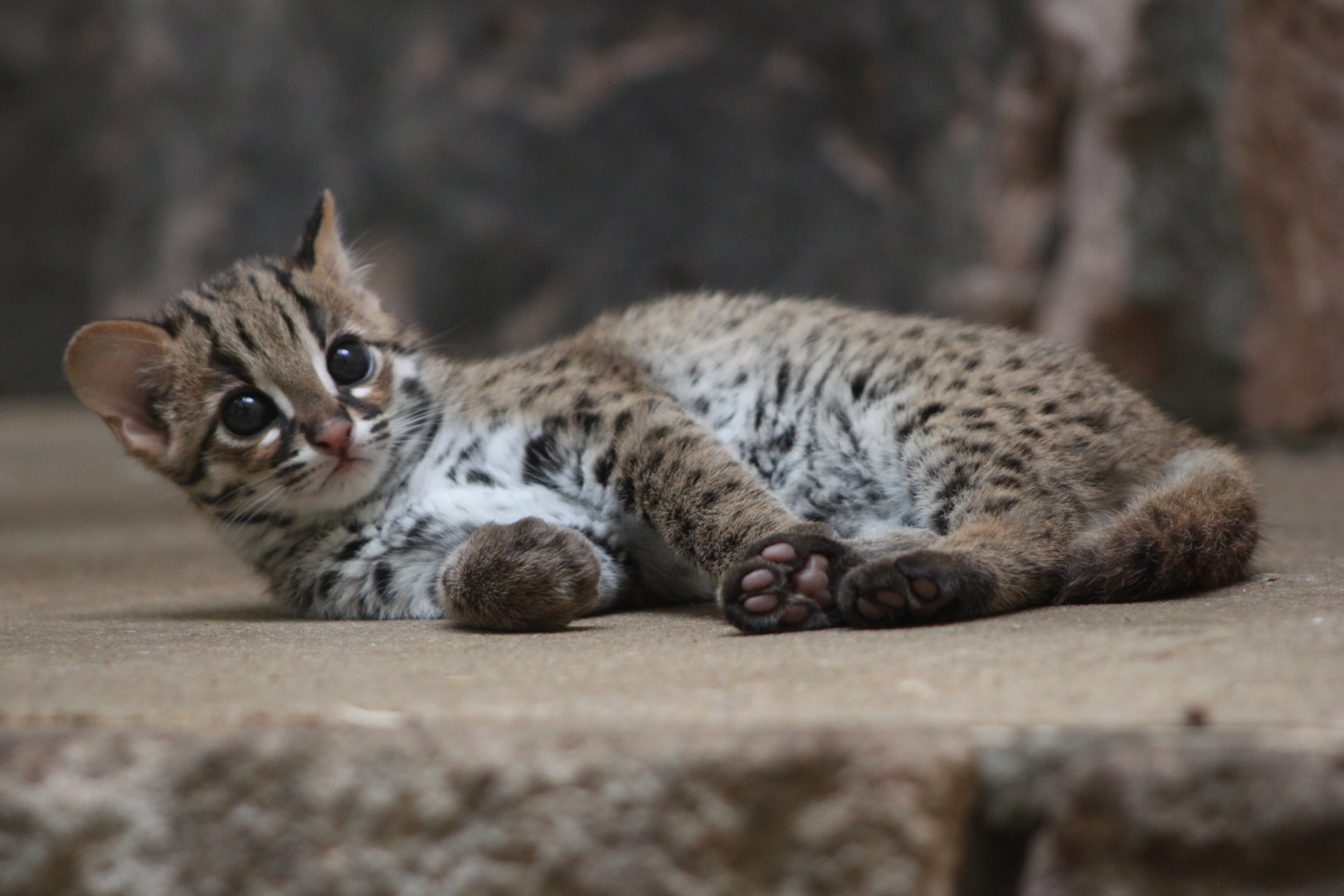Nin Jiom Pei Pa Koa, a staple of traditional Chinese medicine and a mainstay across the global Chinese diaspora, is dubbed a household name in Asian communities worldwide. People personally vouch for the legendary cough syrup. With its thick texture and sweet, minty flavor, it’s a go-to remedy for many when they or family members are feeling under the weather—a tradition that dates back to the 1600s.
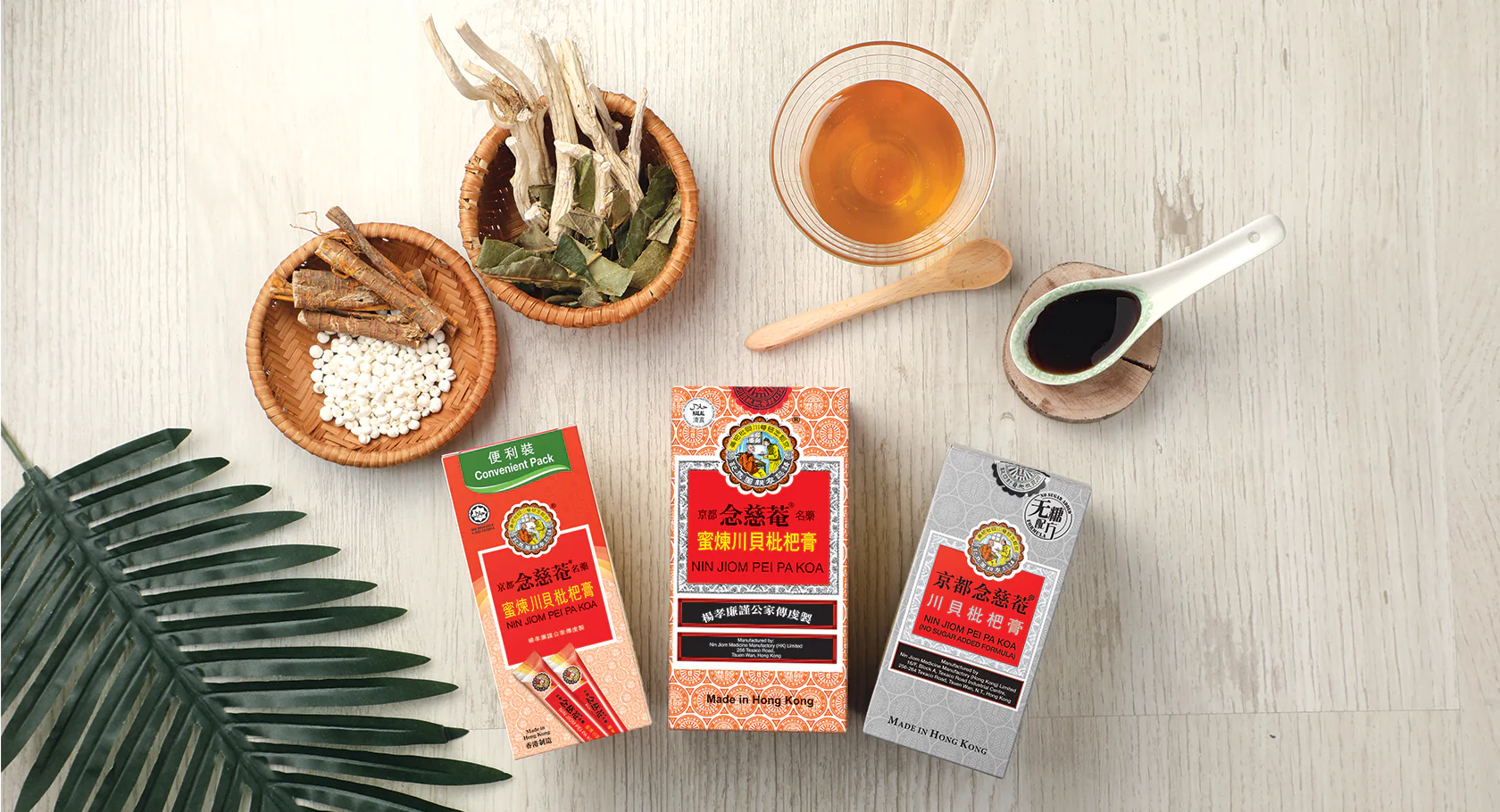
Once a staple found mainly in Asian households, the syrup is now trending online, with its popularity exploding into the Western mainstream. According to The Economist, sales surged nearly 30% between 2019 and 2024, hitting 635 million yuan (88 million USD) last year.
“That loquat syrup, Nin Jiom, has this strangely significant place in my memories. I can still recall those childhood commercials that played nonstop during prime time, touting its ingredients and their miraculous effects,” said Moqian Sun, a marketer from Liaoning province, recalling that a bottle of Nin Jiom was always stocked alongside other herbal remedies in her parents’ home.
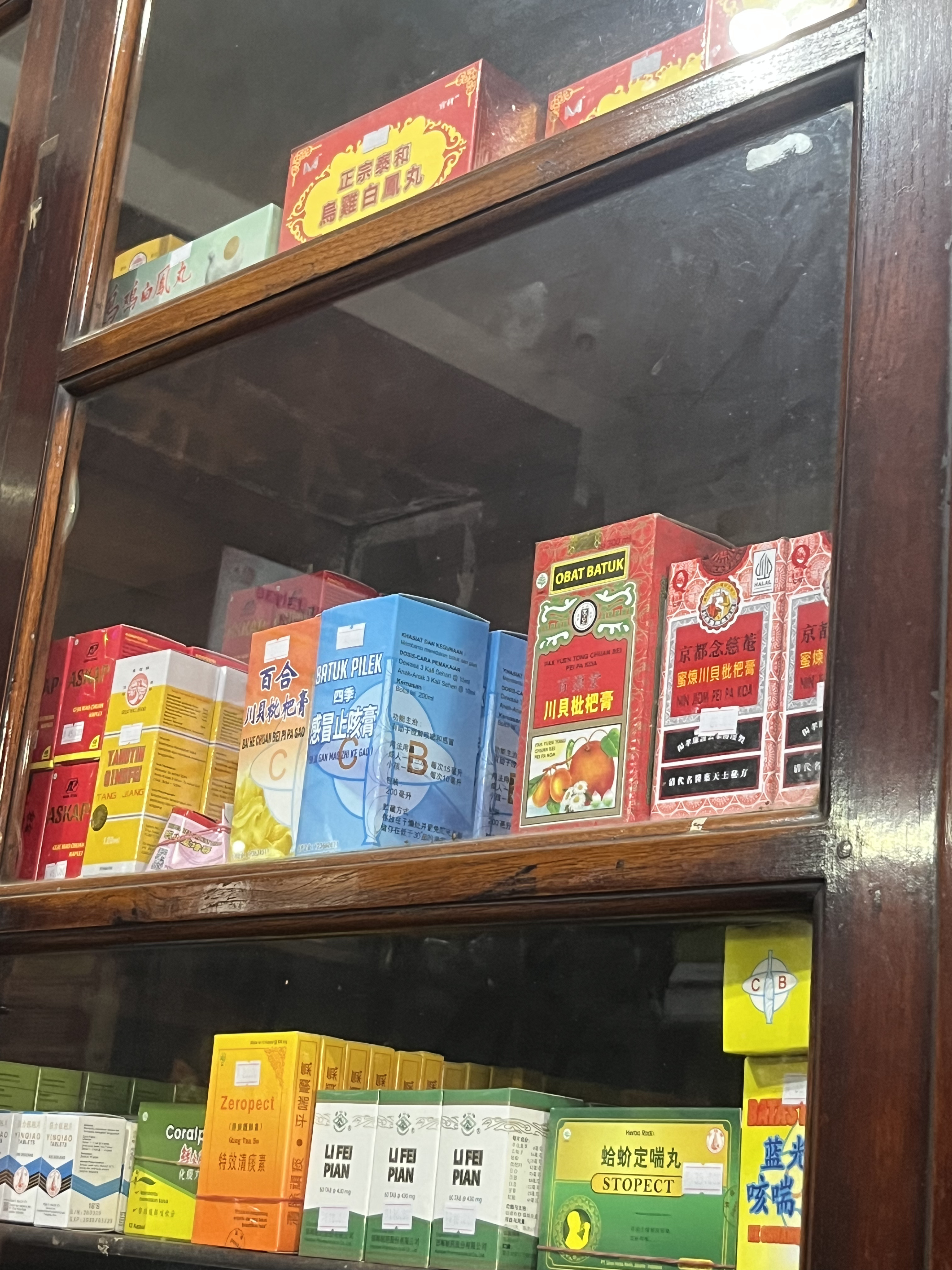
“Each herb sounded elegant and mysterious, a blend promising a soothing, lasting cure. To this day, whenever someone mentions a magic remedy for coughs, Pei Pa Koa is the first thing that comes to mind. And I wasn’t the only one under its spell. In my household, as in many others, a bottle was always tucked away in the medicine cabinet. The instructions suggested mixing a spoonful of the tar-like syrup with warm water, but my parents swore that dilution weakened its power. They insisted that I take a full spoon straight, then wait a full half-hour before drinking anything, allowing the syrup to cling to my throat and work its magic,” she shared. While the syrup soothed her sore throat, she developed a dislike for its intense, unmistakable aroma. Yet, despite this, Nin Jiom Pei Pa Koa remains a powerful remedy from her childhood.
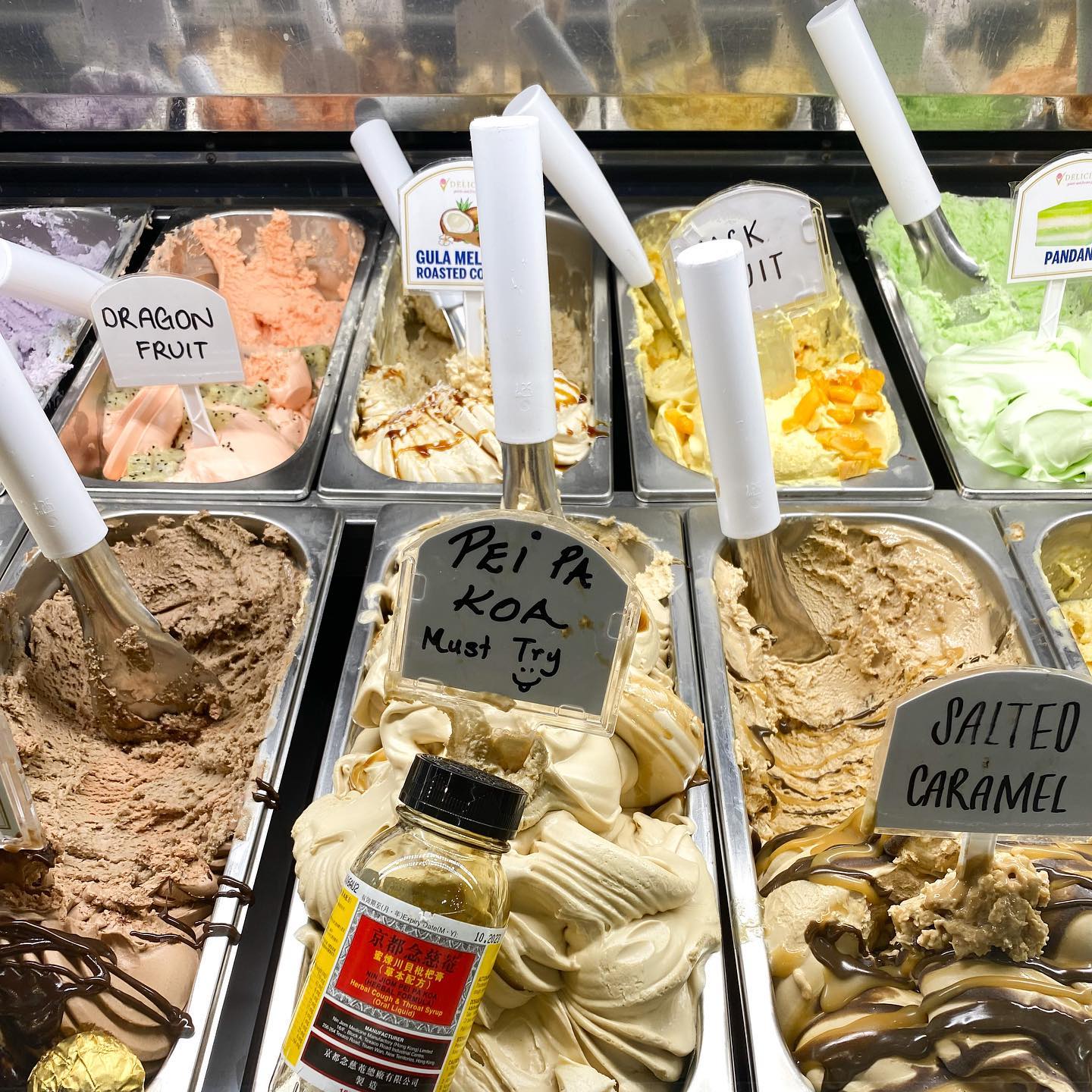
This popularity has inspired creative new uses for the syrup far beyond the medicine cabinet. From Australia to Indonesia and Malaysia, people are incorporating Nin Jiom Pei Pa Koa into their cooking. In Perth, the gelateria Delicioso Gelato even features it as a flavor, part of their menu of Asian-inspired treats. In Indonesia, the matcha café Gooma has also tapped into the trend, creating a seasonal drink that infuses the syrup’s distinctive flavor with matcha. Singapore’s WOOBBEE café did something similar with their Herbalmint Green Tea.
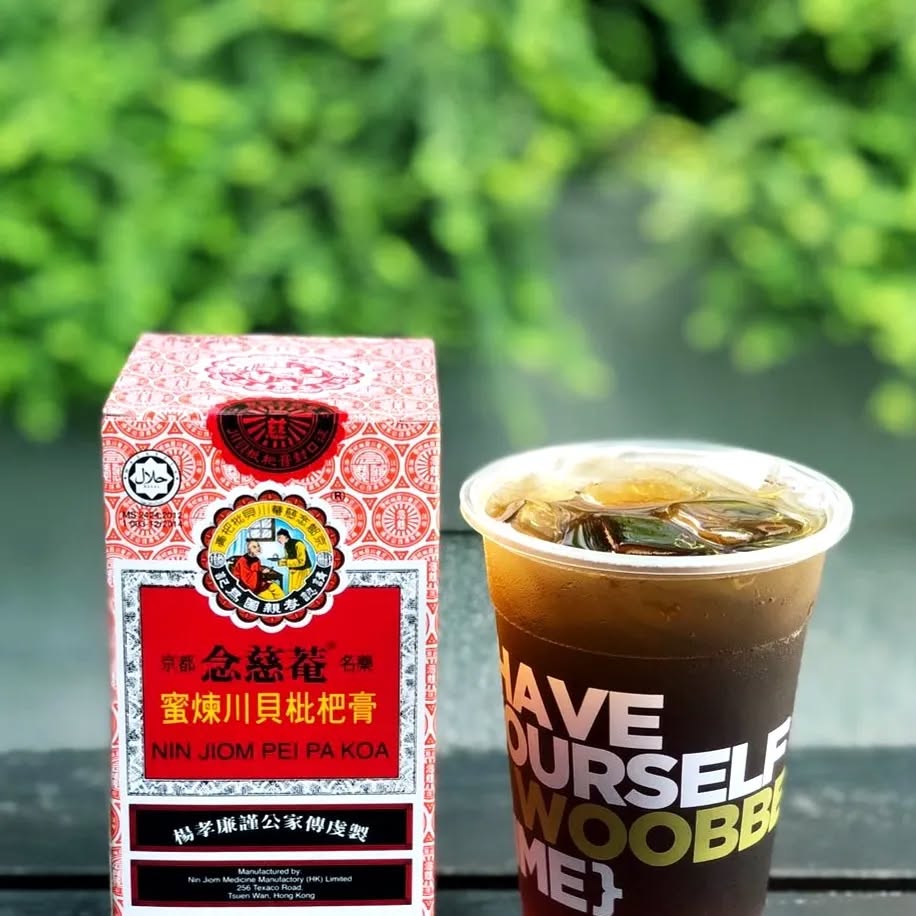
In Indonesia, the traditional pharmacy Tay Seng Hoo is now run by its fourth generation, Merliana Adisurya and her husband, Vincent Dain Superanto. They say that the rising popularity of Chinese medicine in the country is fueled by social media buzz and a growing trend toward healthier lifestyles. They also note a growing belief in turning to herbal remedies when people grow weary of conventional medicine.
“It’s really based on experience. We have customers who have been coming for generations, all through word of mouth,” said Adisurya, who has been working alongside her parents for the past year and a half.
“We’re seeing more and more Gen Z customers interested in herbal products. To reach them, we’ve become active on Instagram and are starting to build a presence on TikTok, which has attracted significant attention. We also get many tourists, and a lot of them are young people who’ve developed an interest in traditional remedies,” she added, noting that social media has been key to sparking interest in traditional Chinese medicine among young Indonesians.
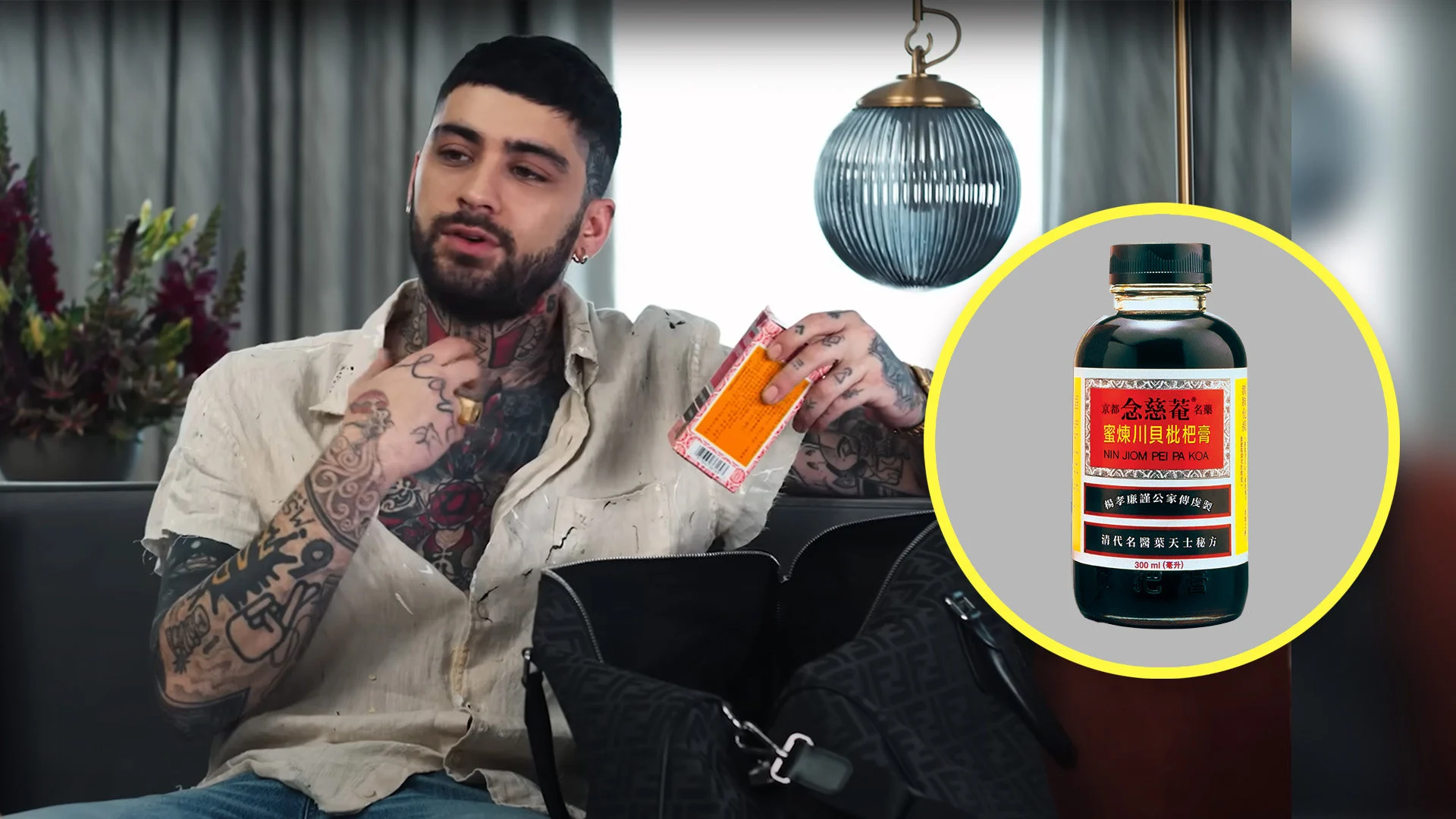
Despite this global resurgence, Adisurya sounds a note of caution, advising that patients should still consult a doctor if an illness does not show improvement within a certain period of time. She further explains that while traditional medicine is effective, the recovery process can often take longer.
Worldwide Google searches for Nin Jiom Pei Pa Koa surged by 25% last year, proving its growing popularity with a younger, global audience. Sun, the marketer, observes that Gen Z in China is redefining what “healthy” and “herbal” mean, stripping away their old-fashioned image, noting that this trend extends far beyond a single product and reveals a shift taking hold not just in Indonesia but globally.
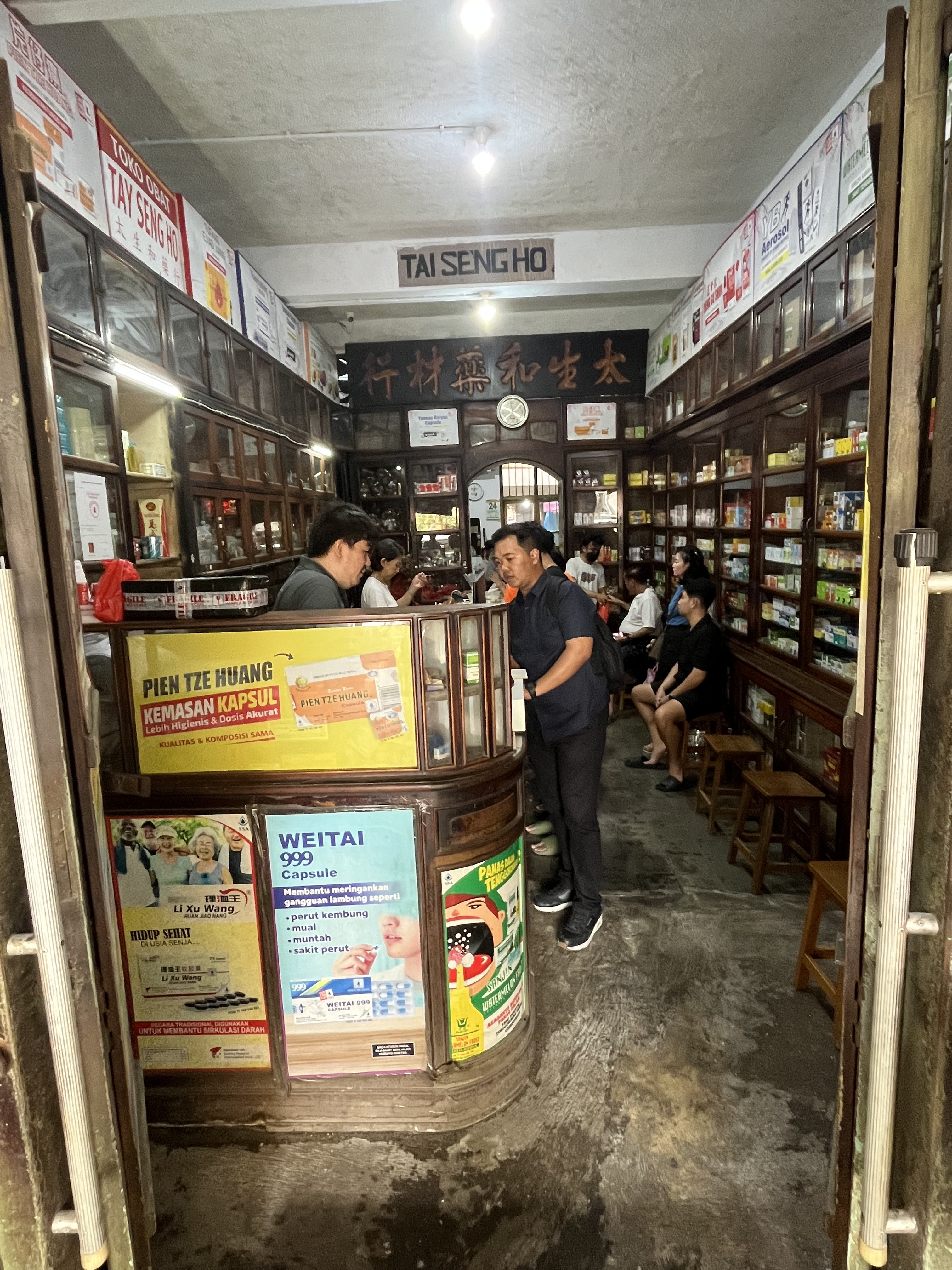
Catching up on the hype, major brands are quickly capitalizing on this trend. Beverage giants, including Heytea and Genki Forest, are now incorporating ingredients such as goji berries and chrysanthemum into their drinks. These offerings are a hit, perfectly blending a perception of wellness with a photogenic appeal for social media.
“On Xiaohongshu, posts with ‘wellness’ tagged are abundant. For Gen Z, however, the concept has shifted from general self-care to specific, daily rituals such as drinking herbal tea after a late night or choosing skincare with natural ingredients,” Sun says. The trend is backed by data, citing Daxue Consulting’s finding that 67.6% of respondents now believe in and incorporate TCM principles into their daily lives.
“It’s not about being perfect with your health. It’s more this idea of, ‘I want to feel good and look good, but in a way that’s natural and effortless.’ That’s really how they’re merging modern wellness with traditional Chinese ideas.”
However, this boom in popularity comes with a warning. Fredy Mardika Senjaya, a practitioner in Jakarta and a graduate of Beijing University of Chinese Medicine, cautions that while herbal medicine is popular with youth, it is crucial to avoid overconsumption. “Consuming anything in excess can be harmful. For instance, overconsumption of ginger can cause a racing heart and lead to insomnia. That’s why I advise against it,” he said.
From viral online searches to innovative desserts, the comeback of Nin Jiom Pei Pa Koa shows no signs of slowing. While experts advise mindful consumption, the thick, sweet, and minty syrup remains a beloved fixture in the memories of millions worldwide.
Cover image via Nin Jiom.

